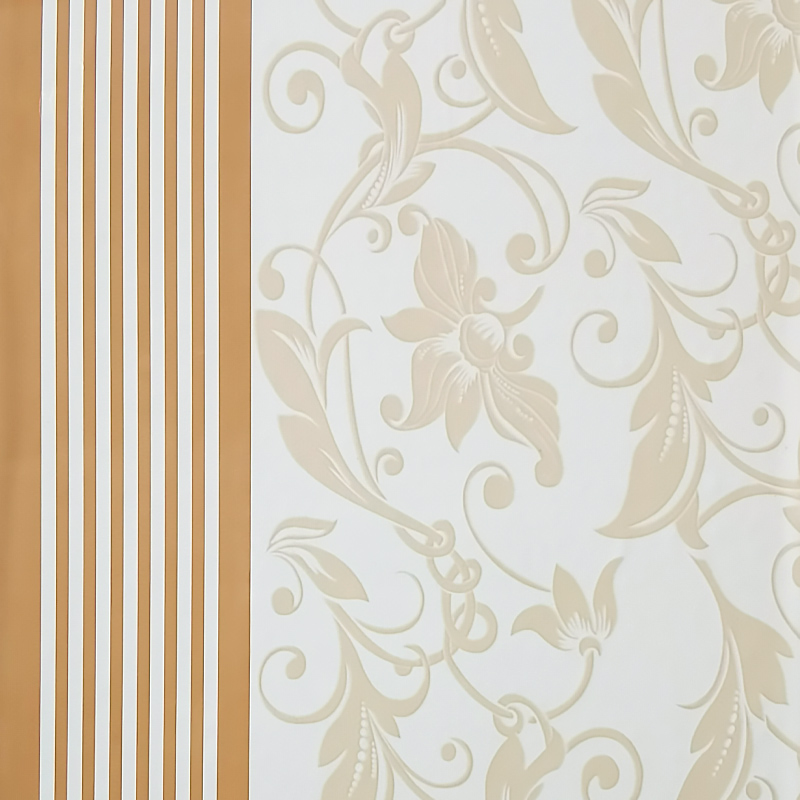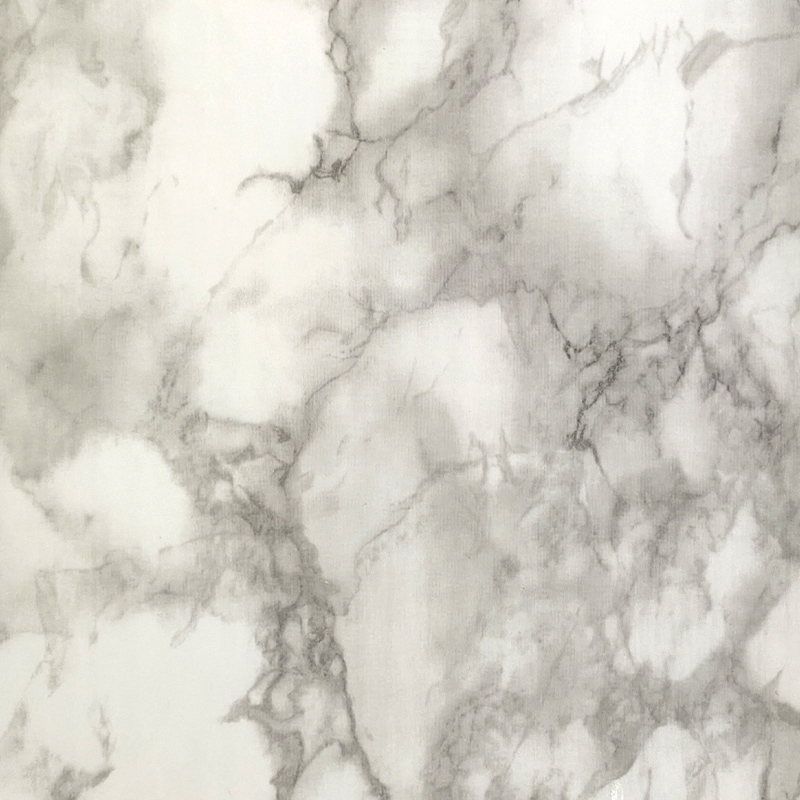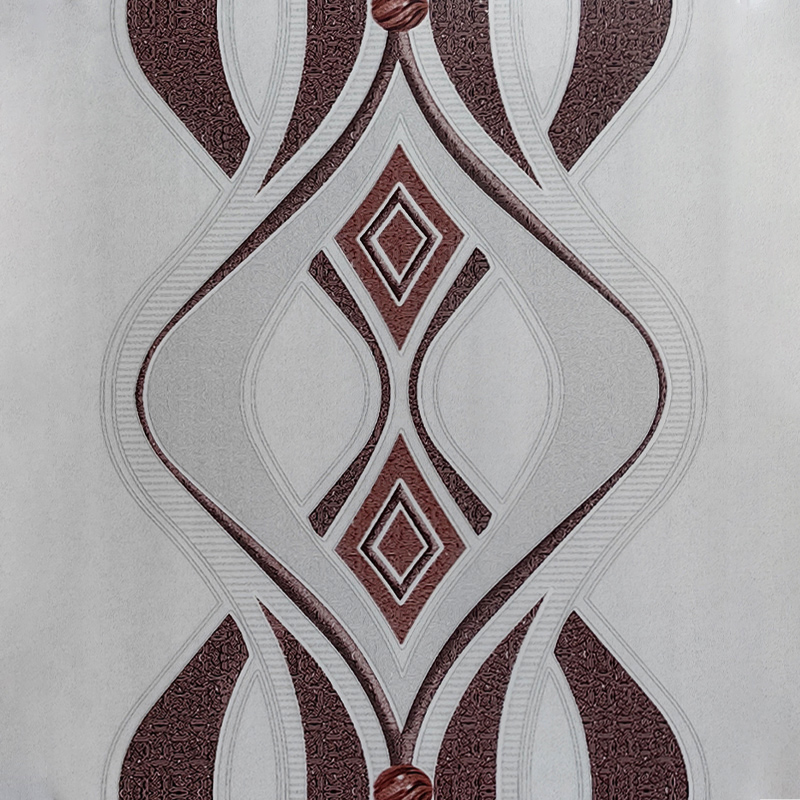Polypropylene Foil: The Unsung Hero of Modern Packaging and Industrial Applications
In the intricate world of materials engineering, one polymer quietly dominates sectors from food preservation to electronics insulation: polypropylene foil. Often overlooked in favor of flashier alternatives, this versatile thermoplastic deserves recognition for its resilience, adaptability, and economic viability.
At its core, polypropylene foil is a film made from polypropylene resin—a semi-crystalline polymer derived from the polymerization of propylene gas. It’s lightweight yet remarkably durable, transparent or opaque, and highly resistant to moisture, chemicals, and mechanical stress. These properties, coupled with low production costs, make it an indispensable material across a diverse range of industries.
An Industry Chameleon
Polypropylene foil’s most celebrated role lies in packaging. The material’s unique ability to provide a robust barrier against contaminants while maintaining clarity makes it ideal for food wrapping, pharmaceutical blisters, and consumer goods packaging. Its heat-sealability enhances shelf stability, while its resistance to oils and acids ensures product integrity.
Yet, the utility of polypropylene foil transcends packaging. In the electronics sector, it serves as an insulative layer in capacitors and cables, thanks to its low dielectric loss and high breakdown strength. In construction, it acts as a vapor barrier, mitigating moisture infiltration and enhancing energy efficiency. Even in fashion and textiles, it makes appearances as a water-resistant backing or protective film.
Engineered for Performance
Polypropylene foil is not a one-size-fits-all solution. It is manufactured in various grades and finishes—biaxially oriented (BOPP), cast, metallized, and co-extruded—to meet distinct technical demands. BOPP foil, for example, offers superior tensile strength and dimensional stability, making it ideal for high-speed printing and lamination. Metallized polypropylene, with its reflective sheen, adds aesthetic appeal while enhancing barrier properties against oxygen and light.
This tailored engineering approach allows manufacturers to fine-tune the foil’s properties, manipulating parameters like thickness, gloss, and surface energy to optimize performance for specific applications.

A Sustainable Contender
In an age where sustainability is no longer optional, polypropylene foil steps up to the plate. It is fully recyclable, and advances in sorting and processing technologies are making it easier to reincorporate into the production cycle. Additionally, its low density means less material is needed to achieve desired strength and performance, reducing overall environmental impact.
Furthermore, its durability helps reduce product spoilage and waste—an often-overlooked factor in the sustainability equation. As circular economy models gain traction, polypropylene foil is increasingly seen not as a disposable commodity, but as a recyclable asset.
The Competitive Edge
When compared to other polymer foils—such as polyethylene or polyester—polypropylene offers a compelling balance of performance and cost. It boasts a higher melting point, making it suitable for applications requiring heat resistance. It’s also less brittle at low temperatures, enhancing its performance in colder climates or refrigeration scenarios.
For businesses seeking cost-effective materials without sacrificing functionality, polypropylene foil is an astute choice. It combines mechanical integrity, visual clarity, and chemical resistance in a single, adaptable material—traits that translate into real-world reliability.
Innovation continues to propel polypropylene foil forward. Nanocomposite infusions, smart coatings, and bio-based propylene sources are reshaping what this humble polymer can achieve. As industries demand more from their materials—greater functionality, enhanced aesthetics, and a lighter environmental footprint—polypropylene foil is not just keeping pace. It’s setting the standard.
In sum, polypropylene foil is more than a packaging material. It is a strategic enabler of quality, efficiency, and sustainability in modern manufacturing. Its quiet ubiquity underscores its value—often unheralded, yet essential.


 English
English русский
русский Español
Español عربى
عربى bahasa Indonesia
bahasa Indonesia















